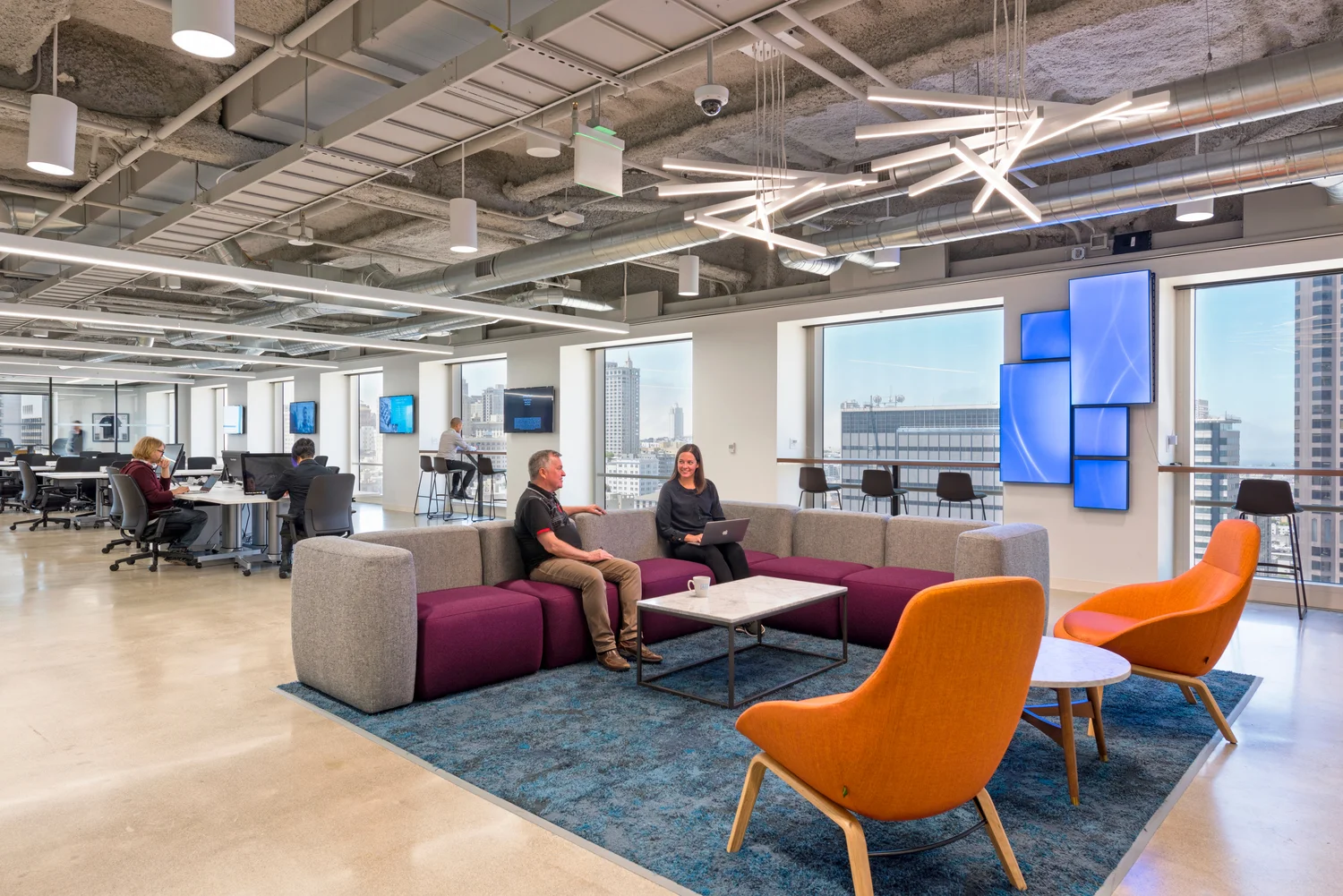There is no shortage of buzz around the potential individual and organizational benefits of Activity Based Working (ABW) as a design strategy and engagement and productivity driver. While it has only become widely recognized as a workplace concept over the past 5 years, it was developed in the late 1970’s and coined as an idiom in Veldhoen + Company’s 1995 milestone book, The Demise of the Office. Another product of the 1970s, Agile, is foundational within software development and is gaining consideration within other industries. At its core, each model (ABW and Agile) aims to efficiently use resources and promote and preserve the ubiquitous design and business strategy term, agility. For ease of reference, and to make an important distinction, lower case “a” agile is a trait and upper case “A” Agile is a method – with activities that needs to be carefully considered in the workplace experience.
As strategists and designers, it is critical that we expand our understanding of Agile in an effort to consider it as an activity in ABW. The workplace needs to have built-in flexibility to accommodate future methodologies. Agile, and the related lean concepts it covers, includes frameworks that cannot seamlessly be translated into a virtual environment.
Technology can solve a number of challenges posed by distributed teams – multiple time zones, language barriers, and a spectrum of personalities. However, it can also be problematic (though not impossible) to scale and replicate important routines (e.g. daily stand up meetings, Scrum, and Kanban) for remote team members. The expectations of productivity and efficiency gained from Agile demand real-time active participation.


